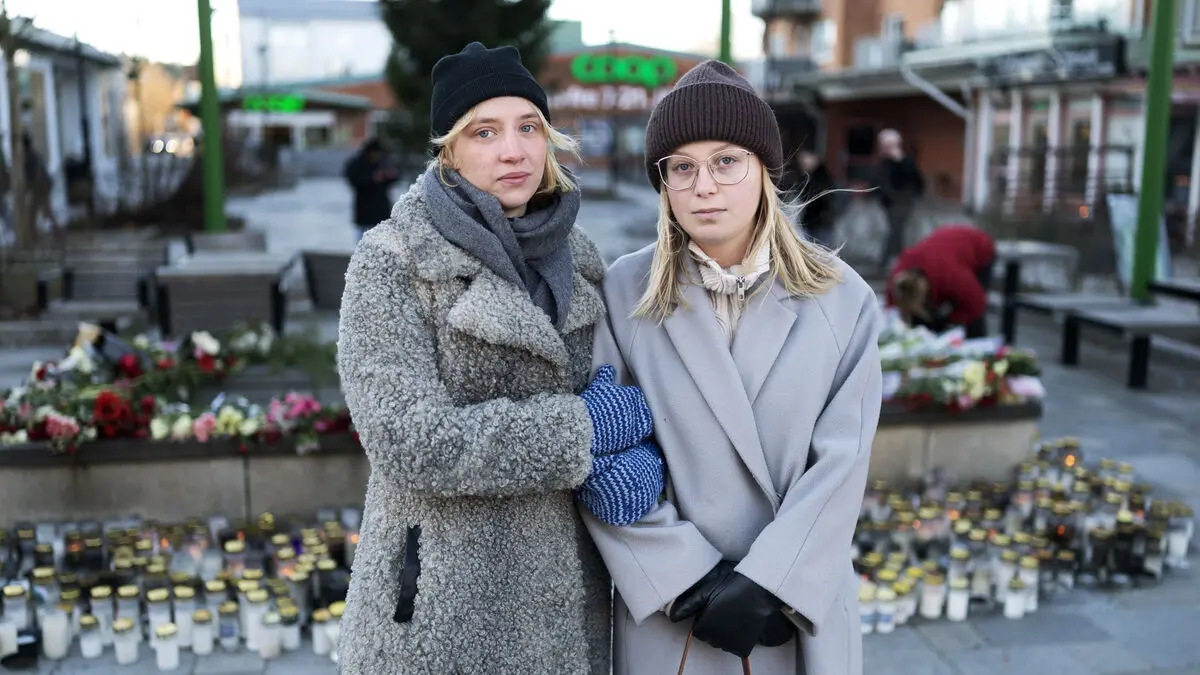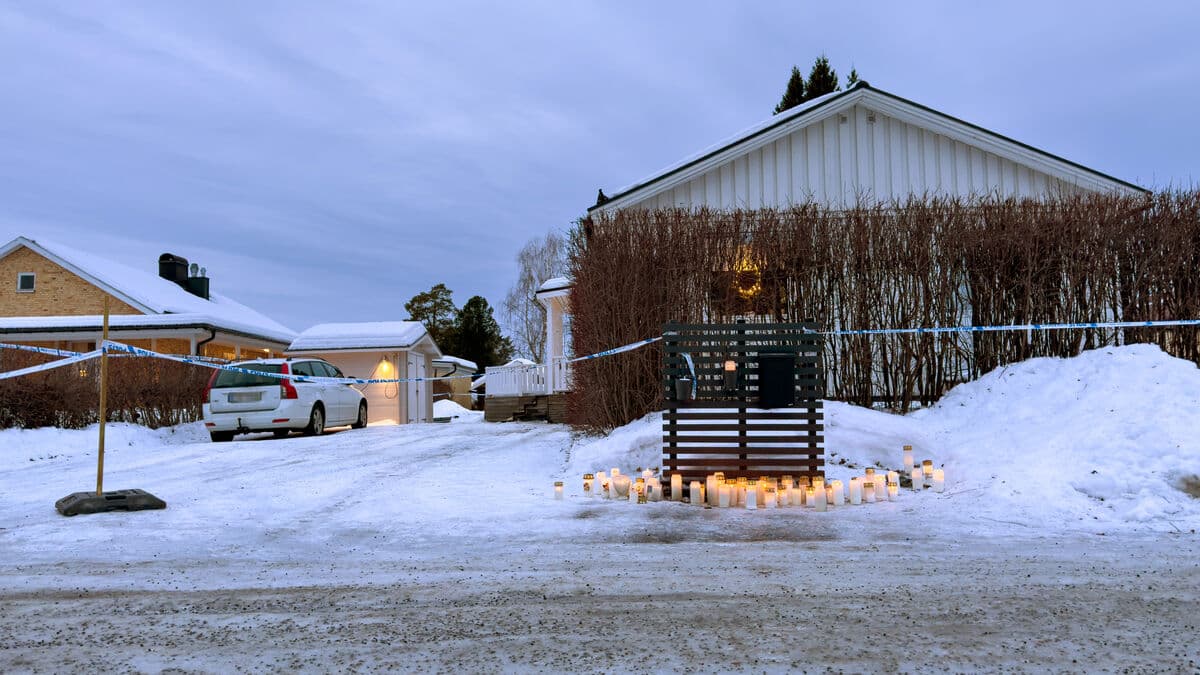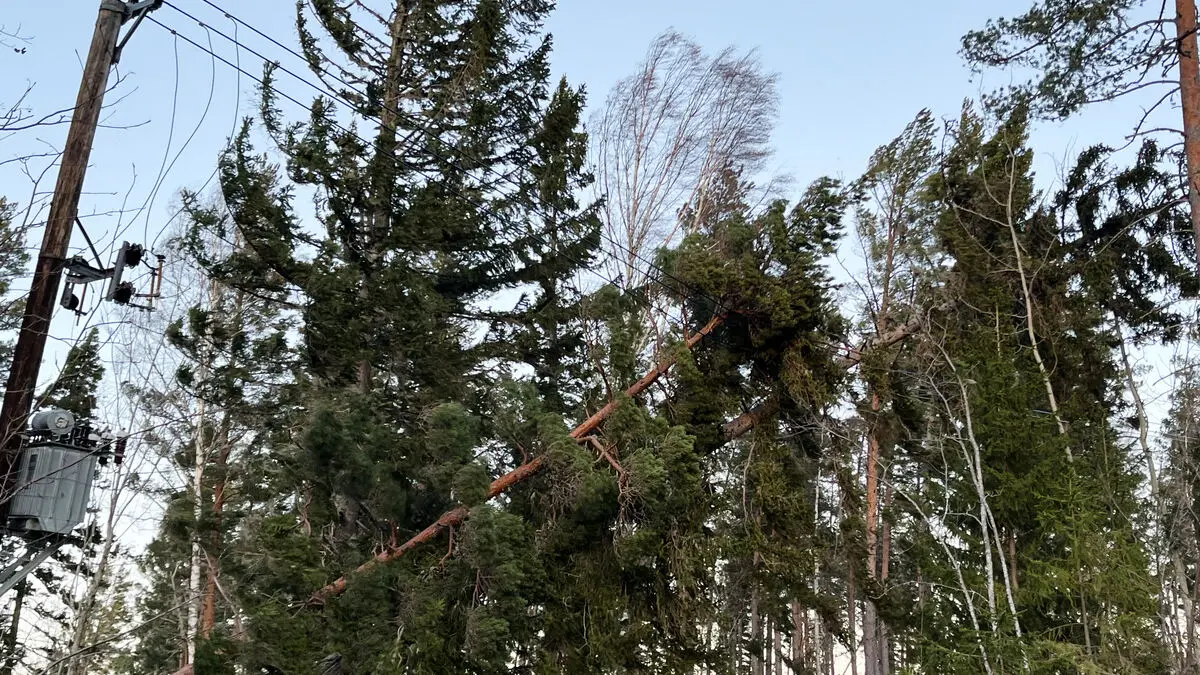President Joe Biden has for the first time given Ukraine permission to use American long-distance robots against targets deep inside Russia, reported The New York Times on Sunday.
The Atacms robots, with a range of up to 300 miles, are likely to be used against Russian and North Korean forces in the Russian Kursk region, where a counteroffensive against Ukraine is expected, according to anonymous officials for the newspaper.
According to Russian politicians, the decision – which has not yet been officially confirmed – means a "serious escalation" and "a step towards the Third World War". Nothing has been heard from President Vladimir Putin, but he has previously said that they would then consider NATO countries as belligerents. Kremlin spokesperson Dmitrij Peskov said on Monday morning that the US is fueling the conflict with the decision.
"Too slow and too late"
Johan Norberg, military analyst at the Total Defense Research Institute (FOI), says that Russia is threatening because they know it works.
It has contributed to us being slow. But they have been talking about being at war with the collective West for 2.5 years, so it's nothing new.
The question of whether Ukraine should be allowed to use long-distance robots has been discussed for far too long in the West, according to Johan Norberg.
It unfortunately reflects the West's approach to the entire war: it's too slow and too late, he says.
If there are negotiations, it's the slowness that makes Ukraine lose territory. The lesson we must take with us in the West is that in war, it's urgent. In peacetime, you can always wait and see how it goes, but not in war.
"Hundreds are needed"
The military significance of the message depends on several factors, he says.
How many robots does Ukraine have left or how many do they get? For some kind of effect, hundreds are probably needed.
Moreover, what intelligence do they have? What information do they have about the targets, about time and place?
If it turns out that Ukraine has or gets a sufficient number of robots, it could put a spoke in the wheel of the expected Kursk offensive, if that's where they choose to prioritize attacks.
With these weapons, you're shooting at things that make it difficult for Russia to get resources: transports, infrastructure, command centers, and so on, says Norberg and continues.
You can't stop all Russian advances, but you can slow down and delay properly. And above all, you create a sense of uncertainty about "now it can also hit here".





